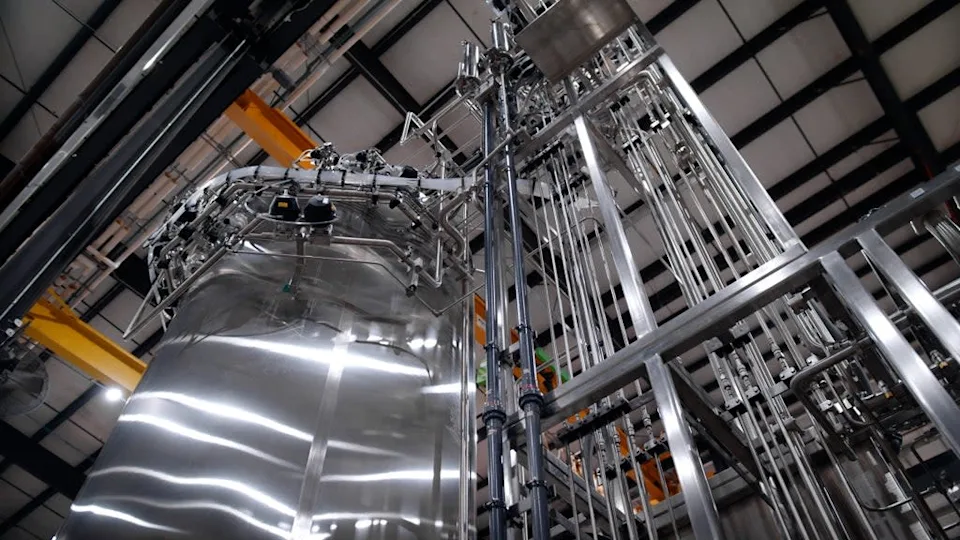Large-scale commercial production of cultivated meat is now a step closer as the US-based company Good Meat has announced it will build the world’s largest facility for producing cultivated meat. The move could be a “gamechanger” for an industry that is set to expand in the near future as a way of reducing agriculture’s polluting emissions.

Cultivated meat, also known as cultured meat, is animal meat (including seafood) that’s produced by cultivating animal cells directly, eliminating the need to raise and farm animals for food. It’s made of the same cell types arranged in the same structure as animal tissues, replicating the nutritional and sensory profiles of conventional meat.
The manufacturing process starts by acquiring and banking stem cells from an animal like pigs and cattle. These cells are then grown in bioreactors (also known as cultivators) at high densities and volumes. The cells are fed an oxygen-rich-cell culture made up of basic nutrients such as vitamins and glucose. The whole process takes between two and eight weeks.
The industry has taken big steps since the first cultivated meat burger was introduced on live television in 2013. There are over 60 companies now, each aiming to produce cultivated meat products. The US company Good Meat is one of them, and so far, the only one to have gained regulatory approval to sell its products to the public (in Singapore).
Good Meat expects to grow in ten bioreactors over 13,000 tons of chicken and beef a year, which will then be sold to shops and supermarkets. The bioreactors are being manufactured by ABEC, a bioprocess equipment manufacturer, which is also making a bioreactor for Good Meat’s Singapore site, scheduled to begin production in 2023.
“I think our grandchildren are going to ask us about why we ate meat from slaughtered animals back in 2022,” Josh Tetrick, the chief executive of Good Meat’s parent company, Eat Just, told The Guardian. “Cultivated meat matters because it will enable us to eat meat without all the harm, without bulldozing forests, without the need to slaughter an animal.”
The upcoming facility
Good Meat will install the 10 bioreactors in a single facility in the US. Site selection is currently underway, the company said, hoping to finish the process within three months. The facility will be operational in 2024 and will produce 11,800 tons of meat a year by 2026. By the end of the decade, the number would reach 13,700 tons.
The company is in conversations with the Food and Drug Administration (FDA) as cultivated meat hasn’t yet been approved for sale in the United States. Tetrick told The Guardian that they have already submitted their application and that the agency is “fully engaged” in the review process. However, he didn’t want to predict if and when approval will happen.
Livestock contributed 14.5% of global carbon emissions, with cattle grown for meat and livestock accounting for 65% of those emissions, according to the UN Food and Agriculture Organization (FAO). Cultivated meat has the potential to deliver this food source at a small fraction of the resources used by livestock while reducing carbon emissions.
A report by the consultancy Kearney predicts that 60% of the meat people eat by 2040 will be grown in bioreactors or replaced with plant alternatives. The report said customer uneasiness about culture meat won’t act as a barrier but acknowledges that vegan meat replacements will be essential as part of a transition phase to cultured meat.


